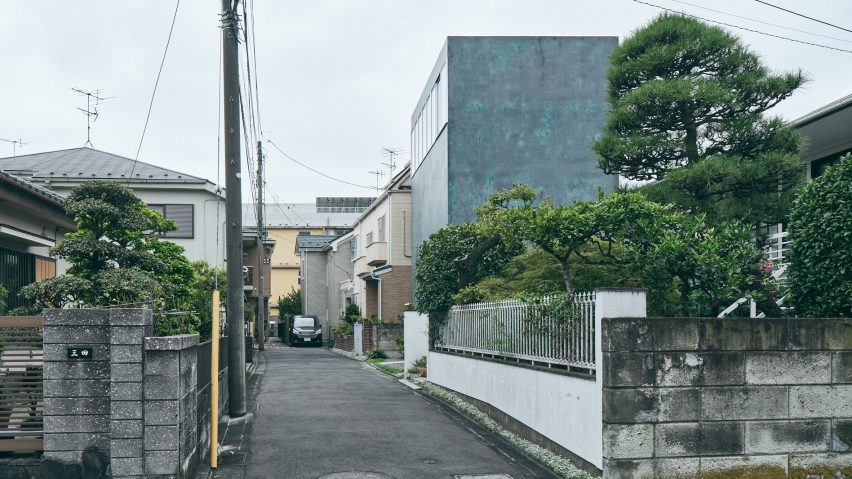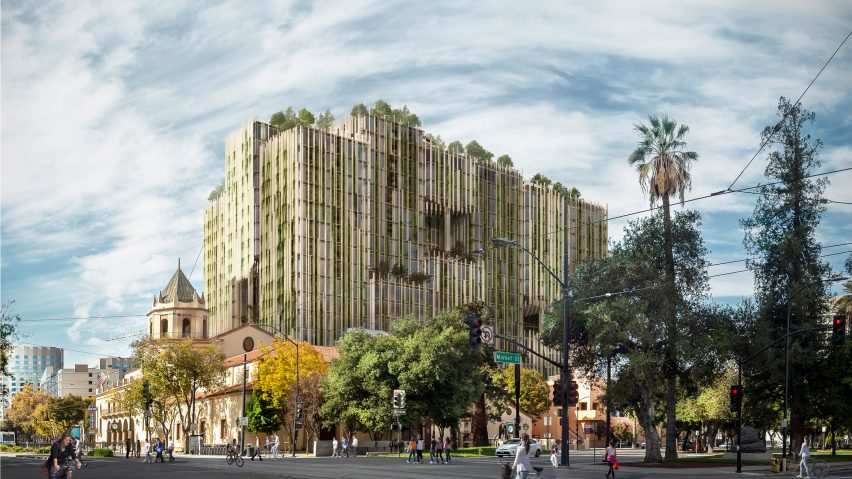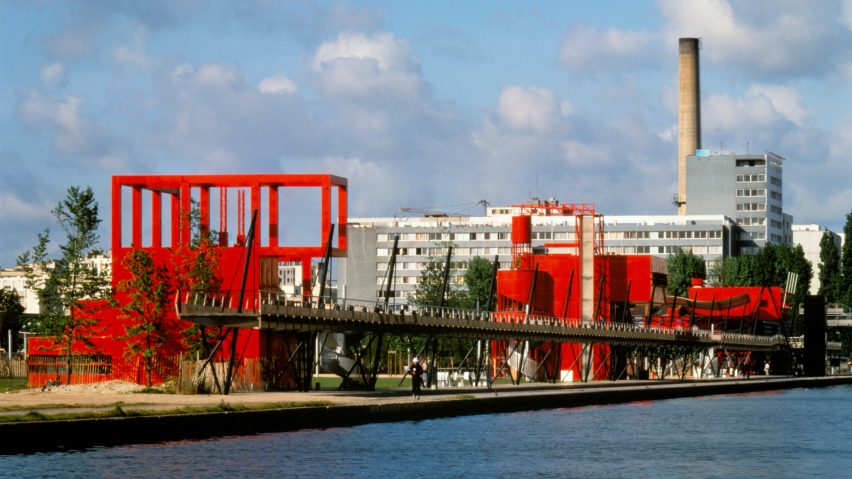
Commenter says "no culture experiments with the domestic house like the Japanese"
In this week's comments update, readers are debating a Japanese house arranged around a series of central staircases and discussing other top stories.
Archipelago Architects Studio arranged Kappa House in Kanagawa, Japan, around a series of central staircases that divide the spaces and provide places to sit or relax.
The house was designed to occupy a compact plot that was originally part of the neighbouring house's garden. As well as living spaces, the house includes a small rehearsal room where its street performer owner can practice.
"This is a terrible use of space"
Readers are perplexed. "Yikes," said Gui, "this is a terrible use of space, horrifically dangerous configuration of stairs, and really not suited for habitation."
Gaby Leblanc agreed: "Deadly dangerous, awkward to use, limited space is wasted and made virtually unusable. Horizontal lines cutting across your line of sight are seriously unpleasant. No windows. Could they make this house any more defective?"
"The decision to place the stairs in the middle of the house denied the possibility of having any decent size rooms in the house," added Walter Astor. "The left-over spaces on either side of the stair are borderline useless. The resident can barely get out of bed without risking falling into the space below."
Puzzello was more positive: "No culture experiments with the domestic house like the Japanese. I love it."
Is Kappa House's design a bad or good use of space? Join the discussion ›

Reader says "boatbuilders have been using natural bends in wood to make joints for millennia"
Massachusetts Institute of Technology engineers have sparked conversation amongst commenters by building load-bearing structures using discarded tree forks instead of steel joints. Commenters are feeling nostalgic.
"Boatbuilders have been using natural bends and forks in wood to make joints and strengthen connections for millennia," said Dana Marlin. "The problem with letting old technology and know-how die is that it needs to be reinvented again later on."
"So a university has spent a fortune finding out what Anglo Saxon woodworkers knew 1,500 years ago and people have been using the technique in houses and boat buildings ever since?" asked Jim Robertson.
"As a species, we've come full circle," replied Zane Gray.
Are readers missing the point? Join the discussion ›

Commenter calls Kengo Kuma building "post-apocalyptic"
Readers are divided over Park Habitat, a plant-covered building in Silicon Valley designed by Japanese studio Kengo Kuma and Associates and featuring a green atrium at its centre.
"One of the few 'planted' skyscrapers where the plants actually seem properly integrated with the building instead of slapped on as a greenwashing afterthought," said George Panagos. "Post-apocalyptic in the best possible way."
Romeo Reyes continued: "Another masterpiece from the maestro. As long as all the technical complexity of maintaining the greenery is covered rigorously, there is no reason for it not to flourish in perpetuity."
"I am so incredibly tired of every major architecture practice continuing this charade of lush, matured trees and landscaping draping their designs," disagreed Bananorama. "'Green lung' is laughable and another marketing attempt to bury extremely resource-intensive, structural gymnastics under the greenwashed umbrella."
Is covering buildings in plants greenwashing or clever design? Join the discussion ›

Readers agree "Parc de la Villette is a really well-designed park"
Commenters are discussing architect Bernard Tschumi's Parc de la Villette in Paris, which has been featured in our deconstructivism series as being one of the movement's earliest and most influential projects.
"If you can forget the theoretical nonsense," said Alfred Hitchcock, "La Villette is a really well-designed park."
Bras Cubas agreed: "Parc de La Villette is a great park – still a very popular place, all year around, day and night."
What do you think of deconstructivist architecture? Join the discussion ›
Comments update
Dezeen is the world's most commented architecture and design magazine, receiving thousands of comments each month from readers. Keep up to date on the latest discussions on our comments page.